How Many Stops Nd Filter
The use of neutral density filters is a bang-up mode to innovate a new level of inventiveness into your mural photography. ND filters allow yous to use slower shutter speeds, narrower apertures for increased depth of field, to balance light beyond different parts of your images and to control frame rates and exposure when creating videos or timelapse. But with the huge variety on the market, where do you start when investing into neutral density filters?
When y'all first start to experiment with long exposure photography, the x stop (ND1000) is the perfect neutral density filter to brainstorm with. A x stop ND filter allows only 1/1000th of the ambient light to reach the sensor and tin can exist used during sunrise, sunset and the brighter parts of the day in between. You tin can reach artistic effects like perfectly silky smooth water and streaky clouds. Information technology is also possible to maintain texture in water rather than the silky, dreamy effect longer exposures are known for. Y'all can "remove" people and other moving objects like cars or buses from a scene.
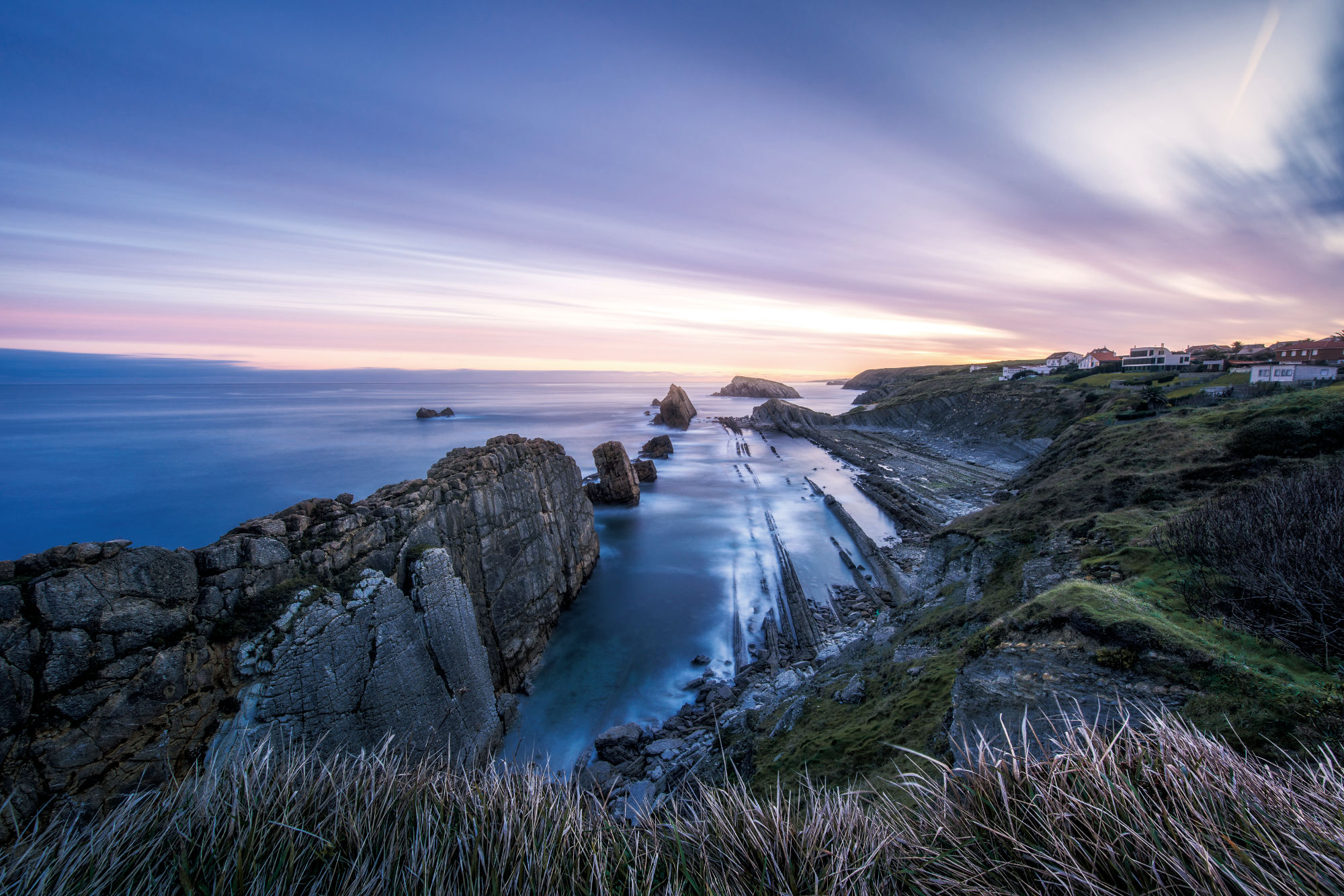
Inside the NiSi product range ten stop ND filters are bachelor in round screw-on filters in sizes ranging from 40.5mm through to 95mm, and as well in all of our square filter systems in 75mm, 100mm, 150mm and 180mm sizes.
When shooting long exposures it is important to accept a stable platform such as a loftier quality, sturdy tripod to mount your photographic camera. It is besides very beneficial to have a shutter remote, or to employ the cameras shutter timer to ensure you are reducing the chance of any vibrations through your photographic camera when y'all printing the shutter push. To summate exposure times accurately when using a 10 stop neutral density filter check out our NiSi Filters app which is available for both Apple and Android devices.
Hither are half-dozen reasons why the 10 terminate should be your first neutral density filter to get you experimenting with long exposure photography through the use of artistic shutter speeds.
Shoot longer exposures in the day fourth dimension and brighter calorie-free
In the brighter parts of the twenty-four hours when the sun is higher in the heaven it can exist difficult to shoot longer exposures without the use of ND filters. The amount of light that is available during the twenty-four hour period means your camera will be required to expose scenes with faster shutter speeds which can easily exist in the range of 1/250th – 1/2000 secs. By using a 10 finish ND you can slow a shutter speed of 1/250th secs down to 4 seconds which volition be enough to get creative with your exposure times at a time of the solar day when it would by and large be impossible to shoot long exposures.
Tip – Use the NiSi Filters app to summate your exposure times when using a 10 stop ND filter. Take a meter reading of your scene without the filter and dial the values into the app to calculate your required exposure times. Shoot a variety of exposures at unlike shutter speeds and select the best of the for post processing and sharing. The longer the shutter speeds, the more movement or smoothing of h2o and clouds you volition see.
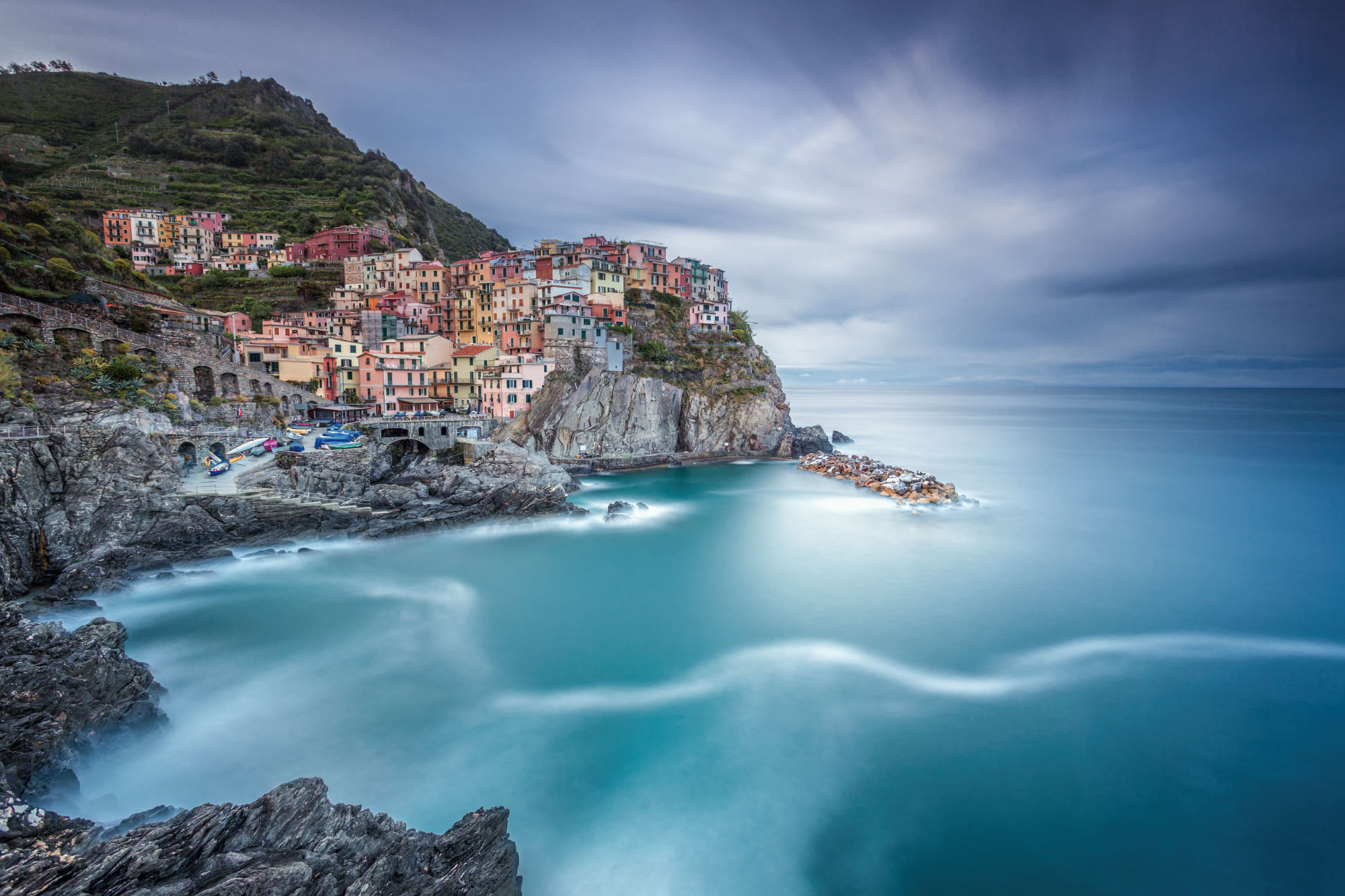
Capture streaky clouds
Cloud motility can add to the sense of fourth dimension and motion when your images are beingness viewed. This sense of move will draw viewers into your paradigm and brand them experience as if they are looking at an epitome while time is passing. Creating streaky clouds can add to the sense of drama and can be used at any time of the twenty-four hours, and in both colour and monochrome images. The more wind there is, the faster the clouds volition exist moving.
While it is possible to capture astonishing images using just the x terminate ND filter, the use of graduated ND filters in combination with a 10 stop could assistance y'all reach a balanced exposure when the sky is brighter than your foreground.
Tip – The faster the clouds are moving, the more than impact a 10 stop ND filter will have on accentuating this movement. Exposure times in the range of 30 seconds and higher up will exist best for creating really streaky cloud move under most conditions.
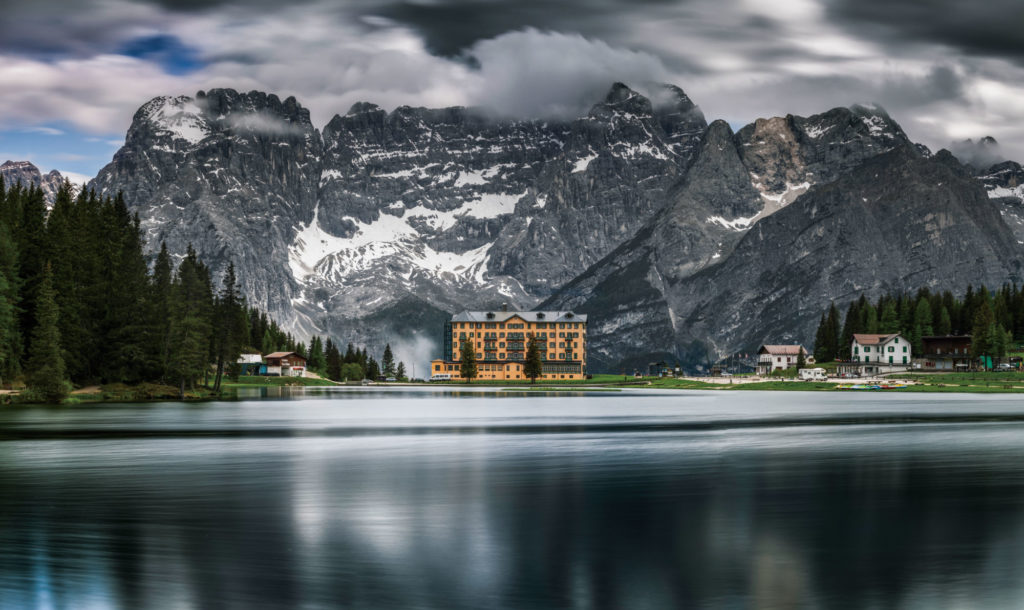
Capture polish, silky water flow
When you are shooting the ocean, waterfalls, rivers, streams or other flowing water, the silky polish effect that a x stop ND filter can help you reach when shooting during the twenty-four hours will aid you make your water look dreamy and surreal. The longer your exposure times and slower your shutter speeds, the smoother the water will be. Just remember that whatever other moving elements in your scene such as tree branches and other leaf may be impacted with longer exposures.
Tip – Shutter speeds of 5 seconds and slower volition mostly produce silky smooth water. Used in combination with a circular polarizer to reduce glare and reflection on the h2o, a 10 stop ND will typically exist perfect for achieving this issue when the sun is high in the sky and there is a lot of calorie-free in your scene.
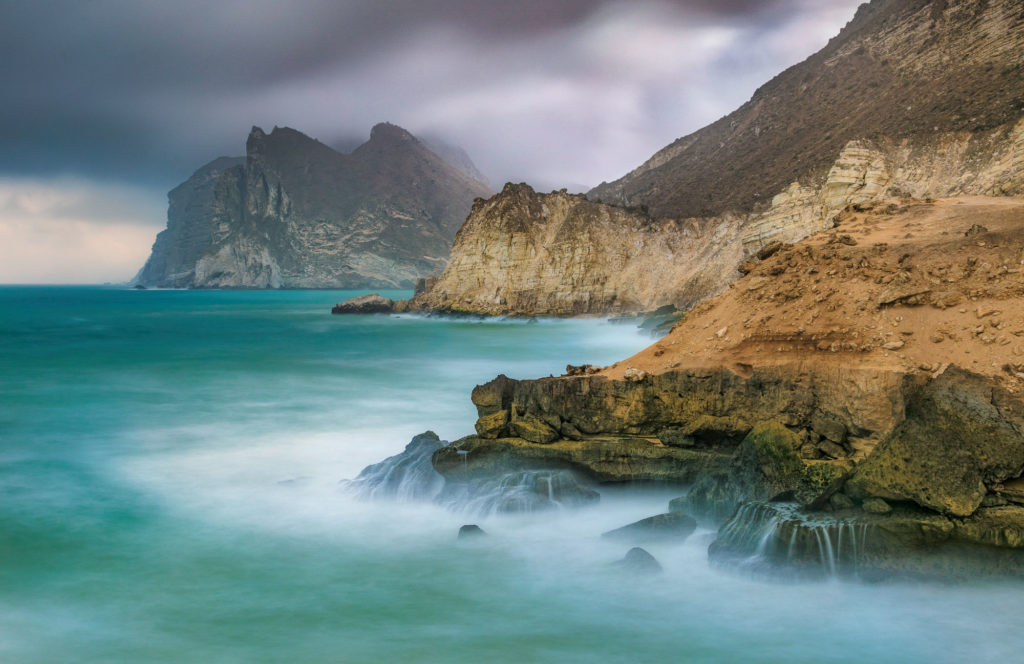
Can be used to remove people who are moving through a scene
As objects move through a scene such as a city street or tourist landmark when taking a long exposure image, the light changes in the locations they were previously in revealing the details in the scene where those elements were. A 10 finish ND filter tin can help you lot to agree your shutter open for longer and potentially seemingly "remove" people and other moving elements and help you capture it without those people "polluting" your scene!
Tip – The longer the exposure, the more probable it is that moving objects like people or vehicles will seemingly disappear from your images. Shoot multiple exposures of the exact aforementioned scene without changing any camera settings, then use those images as layers in Photoshop with a "departure" fashion to endeavor to remove whatsoever slower moving elements.
Create super long exposures at sunrise / sunset
At times of the day when in that location is less low-cal that is available to your camera , a 10 terminate ND filter will strength your camera shutter to demand to stay open for much longer. information technology is not unusual to have exposure times in the range of 0.25 – 30 secs without the use of whatsoever ND filters during a sunrise or sunset. With that range of shutter speeds, using a 10 stop ND filter will button exposure times out to four – eight minutes! When there are clouds in the sky and whatsoever kind of water flow, these sort of shutter speeds volition brand certain that they are streaky and silky smoothen.
Tip – If your exposure times are as well long, use your ISO and discontinuity settings to help speed your shutter speed up. If your photographic camera is metering for a 4 infinitesimal exposure at ISO100, a change to ISO200 volition reduce the shutter speed to 2 minutes. A single stop increase in ISO volition half your shutter speed and most current model DSLR and mirrorless cameras will easily handle ISO settings upwardly to ISO800 – ISO1600 without as well much of a loss in image quality.
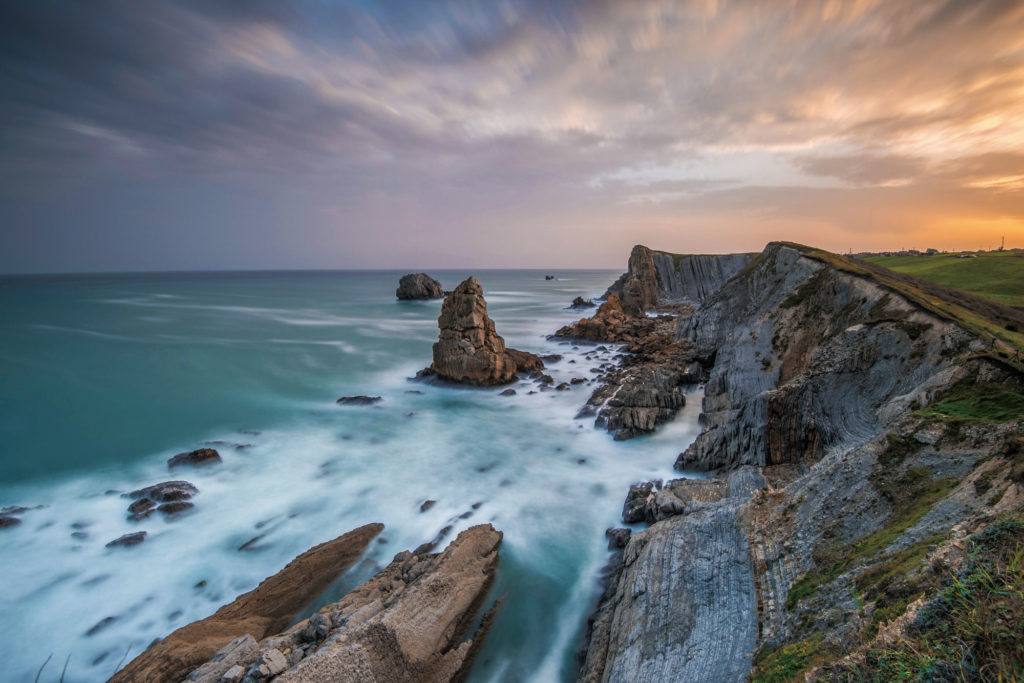
Create textured furnishings in waves
Quite oftentimes an image volition benefit from maintaining texture in moving water and waves rather than completely smoothing them out. A 10 stop ND filter can be used to get the desired shutter speeds of effectually 1/6 secs – 1/4 secs during the brightest parts of the day to keep texture and detail in moving water. The drama and added affect that this range of shutter speeds offers can brand information technology feel like water is about to flow out of your images.
Tip – Aim for a shutter speed of 0.25secs to begin with and and then varying your camera settings from there by using your ISO and aperture. The slower the water is flowing, the faster your shutter speed will need to exist to maintain the texture.
How Many Stops Nd Filter,
Source: https://nisifilters.com.au/6-reasons-why-the-10-stop-nd1000-should-be-your-first-neutral-density-filter/
Posted by: gentilelovent.blogspot.com


0 Response to "How Many Stops Nd Filter"
Post a Comment